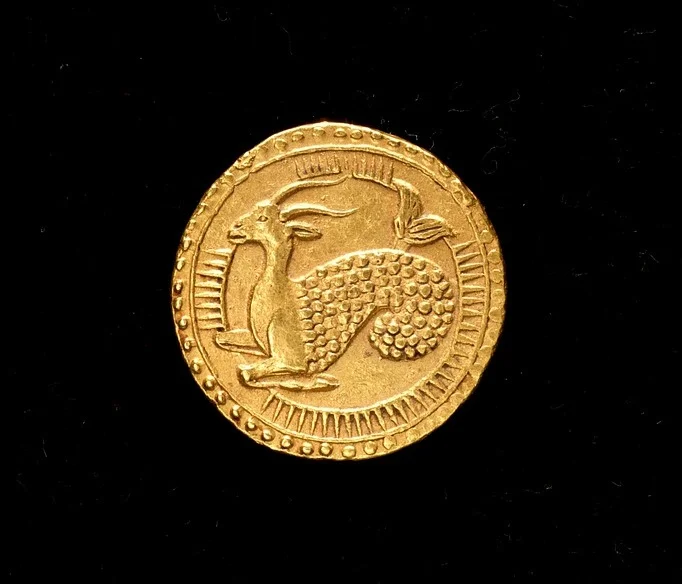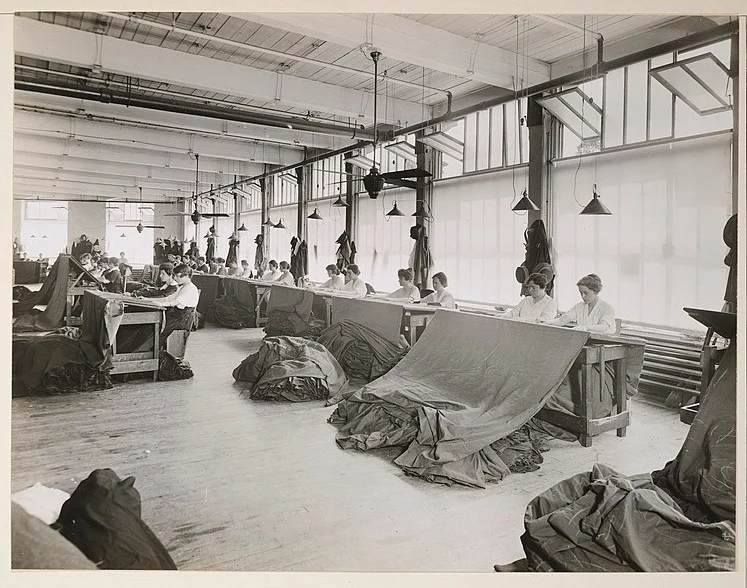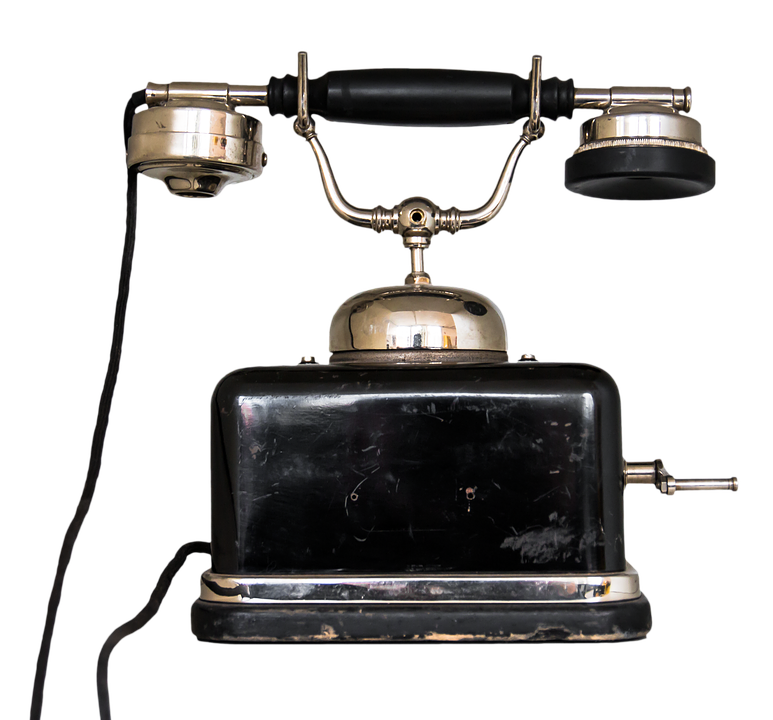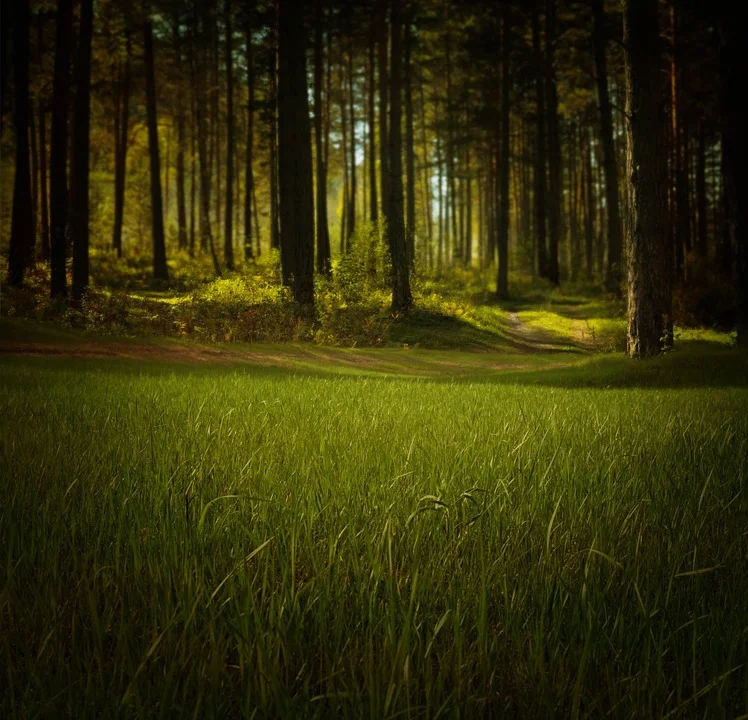The disappearance of Alice Drake
by Dr Wendy Davis
“A prosperous gentleman”
Macbeth: Act 1, Scene 3
In Yorkshire - whear he cums thru -
‘T name o’ Maynard’s widely known;
But hevin’ rovin instincts,
To Queensland, he wor drawn,
Bundaberg for thirty years,
He’s moved and had his being,
And in the City Council proved
himself a man farseeing,
And has an income (made in stuff),
Which is for all his wants enough.
“Stuff”
is the term for worsted woven fabric, the product of the Bradford woollen mills where Lewis Maynard’s father William made the family fortune. William lived until 1907 and his will indicates not only did he have a large amount of money, but he appointed his second son executor instead of Lewis, indicating some family tensions over Lewis’s behaviour and character.
At the sound of the first shot, the sparrows in the eaves of the house in George Street scattered in the summer sky, swirled, and in a moment, settled.
Next door, Sarah Auer was bringing in her laundry. At the sound of the first shot she flinched, but only slightly. She was used to the old Mayor Lewis Maynard and his pursuit of the pesky little birds.
After the first shot, the old Mayor watched the apple fall from his wife’s hand and stumble across the carpet.
All eyes were wide in the front room of the house in George Street. Silence ricocheted off the tongue and groove walls, spat at the light fittings, and the crystal glassware tremored.
The old Mayor walked into the hallway and picked up the telephone.
“Come quickly.”
“I’ve just shot my wife.”
Immediately, there was a sharp rap on the door of the house in George Street.
When she heard the second shot, Sarah Auer was upstairs putting on the kettle. In her stifling February kitchen, Sarah Auer scooped tea leaves into the pot and in spite of the shimmering late summer heat, readied the tea cosy.
James Lomax hadn’t expected the old Mayor to answer his knock with a Service 45 Webley revolver in his hand. He hadn’t realised he would hear a second shot. He saw it too, as there was no time to look away. Stumbling down the stairs of the old Mayor’s house in George Street, Lomax shouted for help.
After the second shot, Sarah Auer slurped her tea from the saucer where it was cooling. She had grown used to a touch of commotion now and then from the old Mayor’s house. Shouting and the like. Right then, she thought little more about the shots from next door or the shouting in the street and poured herself another cup of tea.
It so happened that after both shots Robert Whittred, local baker and friend of the old Mayor, was driving down George Street. There was a man in the street waving down the traffic. Whittred drove up to The Melbourne and rang the police from their telephone.
Later that day, in the dim of the morgue, Dr Egmont Schmidt led the post-mortem on both bodies. The second wife of the old Mayor was now cold and still. Folded and tucked neatly into the front of her Saturday dress was a letter. Holding it up to the light, Dr Egmont Schmidt saw it was addressed to the old Mayor from someone called Floss. As far as he knew, this was not a name ever used to refer to the body of the woman in front of him. Standing beneath the shining light, his shadow falling on the old Mayor’s second wife, Dr Schmidt was unaware that the handwriting was hers. As such, Dr Schmidt thought little more about the letter before handing it to Dr McKeown to place with the old Mayor’s second wife’s valuables.
After the bodies had been removed from the old Mayor’s house in George Street, Constable Puddle, inspecting the scene, found and read the same letter, but this time it was in Floss’s handwriting.
Addressed to the old Mayor
from a woman who was not his second wife.
Written from St Kilda. Instructing the old Mayor to burn the letter after he had read it.
“Why don’t you send her back to the old country again for a visit?”
Cloaked by the confidence of a prosperous gentleman, the old Mayor had not burned it, and his second wife had found it. The old Mayor’s friend and gardener James Henry Porter had been working in the backyard of the house in George Street late on the afternoon of Friday February 3 when he heard the second wife’s scream drift out of the open windows.
“I will fix you.”
James Henry Porter didn’t think too much about this at the time. Like Sarah Auer next door, James Henry Porter was used to shouting and such at the house in George Street, so he continued digging at the patch of nut grass in the back lawn.
Constable Puddle thought little more about the letter as he picked up the now-brown apple and threw it out the window into the yard.
That evening, at the police station, James Lomax wiped the sweat from his forehead with the back of his hand which was still a little shaky.
“I was just going to ask ‘im if he knew of any work goin’ ‘round here. Before I could say anythin’, he…”
Mimicking the now dead old Mayor, Lomax placed an imaginary revolver in his mouth, pointing upwards.
“Did he say anything before the… ah… the incident?”
“I have just shot my wife, and I am going to shoot myself now. Watch me.”
Constable Puddle attempted to control his eyebrows, licked the nub of his pencil and carefully wrote the now dead old Mayor’s words in his notes. There would have to be a report.
The story made the front page. It made the Brisbane papers. And the Sydney Morning Herald. Of course the papers got some details wrong as papers tend to do. For instance, the old Mayor’s second wife was 65, not 55.
And her name was Alice. The papers oftenneglected to mention that. They’d thought little about her. A now dead old Mayor was far worthier of column inches.
Alice was buried on Monday in the Bundaberg General Cemetery after a perfunctory service at Christ Church, hastily organised by the government undertakers, FC Brown and Company.
The old Mayor’s children were in perfect agreement. They would certainly not be paying for a family service or headstone. It was going to be costly enough to send their father to Sydney for cremation.
Maynard was a great advocate for cremation
as letters to the editor of the Bundaberg Mail show, and it was his express wish in his will that he be cremated.
His remains are in the Toowong Cemetery with his first wife Muriel and his son Joseph Bernard Duncan Maynard.
Besides, they firmly believed that Alice had been the death of their much-loved mother.
And so it was that Alice Drake was lowered alone and left unmarked in the Bundaberg General Cemetery.
Alice Drake
Loved daughter of Samuel and Jane Drake of Bradford, Yorkshire.
Dearly beloved wife of John Lund (deceased) and loving mother of Ernest Lund (deceased).
Wife of Lewis Holden Maynard (deceased).
The old Mayor, once Alice’s young man during their factory days in Bradford, had promised to send for her just as soon as he arrived in the colonies. Alice Drake had always been waiting, even when she became Alice Lund. There had been letters dripping with promises. And sometimes visits from the old Mayor back home.
It had taken some years for the old Mayor’s first wife to die. At one point he’d written to Alice that her passing was imminent. So she had left for Australia in haste, to take up the offer of housekeeper for the old Mayor and his first wife. To wait. Discreetly. Respectfully. It had been a timely offer, coming as it did once she was alone, widowed and childless.
Alice’s work
as housekeeper and nurse while Muriel Maynard was unwell is recounted in When Radio was the Cat’s Whiskers by Lewis Bernard Harte - Lewis Holden Maynard’s grandson.
If the people of Bundaberg had any uncharitable opinions when the old Mayor married Alice, they aired them in private. Unsurprisingly, the old Mayor had neglected to mention his affairs. Floss. Mrs Pollett. The others. Alice often thought that there had to have been others. For indeed, as she slowly realised, she had been one of them.
On that steamy summer afternoon, Alice watched the apple roll across the carpet and choking on her last breath she wondered, not for the first time, if she just should have ignored the letter from Floss. Ignored the photo of Mrs Pollett she had found in the old Mayor’s top drawer. Ignored the thirty years of correspondence that the old Mayor had sustained to keep her dangling on a string. Kept ignoring the revolver the old Mayor left loaded by the front door at all times.
But by then the blood was pooling and she did not hear the second shot.
With it, the old Mayor died a prosperous gentleman.
And Alice Drake disappeared.
Historical notes
The murder-suicide of Lewis Holden Maynard, ex-Mayor of Bundaberg and well-known identity in Bundaberg in the early part of the 20th century, and his second wife Alice occurred on February 4 1928. The names in the retelling have not been changed. The main sequence of events has been taken from archival documents found on Trove and from the Queensland State Archives. Biographical information and family history of both Lewis and Alice was traced via Trove, Queensland State Archives and the Bundaberg Regional Council cemetery and burial records available online.
Maynard’s affairs are conjecture but the letter from Floss is outlined in detail in the police investigation, accessed via Queensland State Archives, as is the name of Mrs Pollett whose photograph was in the Maynard house.
The thirty years of correspondence and the notion that Lewis and Alice knew each other in their youth in Bradford is also speculation. However, given the history of both families, their birthplaces, and their involvement in the woollen industry in the second half of the 19th century it is possible that they had a relationship that predated their marriage in Bundaberg. Newspaper articles from the Bundaberg Mail show that Lewis Maynard did travel to the UK prior to becoming Mayor, sourcing items like bicycles and sewing machines for his businesses.
The nature of Alice’s relationship with the wider Maynard family is conjecture, based on the circumstances surrounding her burial.
Bundaberg General Cemetery records show Alice Maynard buried somewhere in section A14A. Grave markers have long since been removed, so her exact location cannot be pinpointed.
Do you need a hand?
If this story has stirred up any dark feelings or past or present trauma, here are some resources that might help:
DVConnect Womensline: for women experiencing domestic, family or sexual violence: 1800 811 811
DVConnect Mensline: for men experiencing domestic, family or sexual violence: 1800 600 636
1800RESPECT: Domestic and family violence support service providing 24/7 information, referrals and counselling: 1800 737 732
Lifeline counselling: 13 11 14 or online crisis chat
























The Central Highlands and Isaac councils have announced the latest Regional Arts Development Fund recipients, with a Heinz Variety of projects getting support including choral singing, quilting, children's literature, and the Country Women's Association.